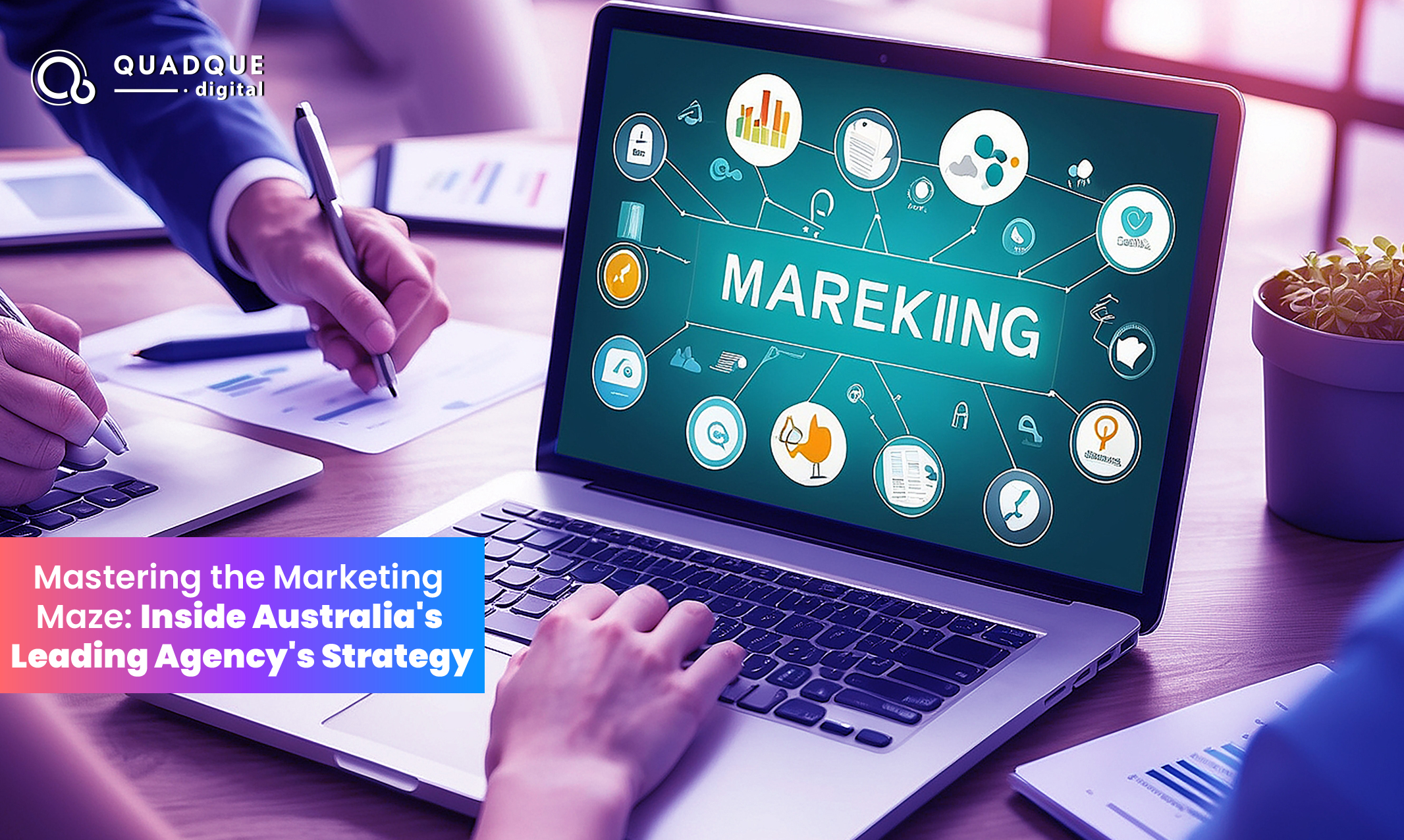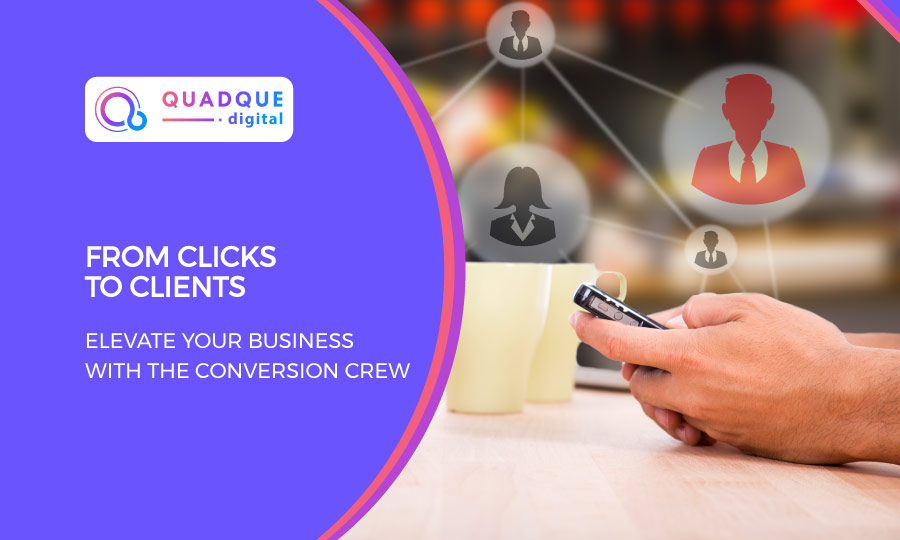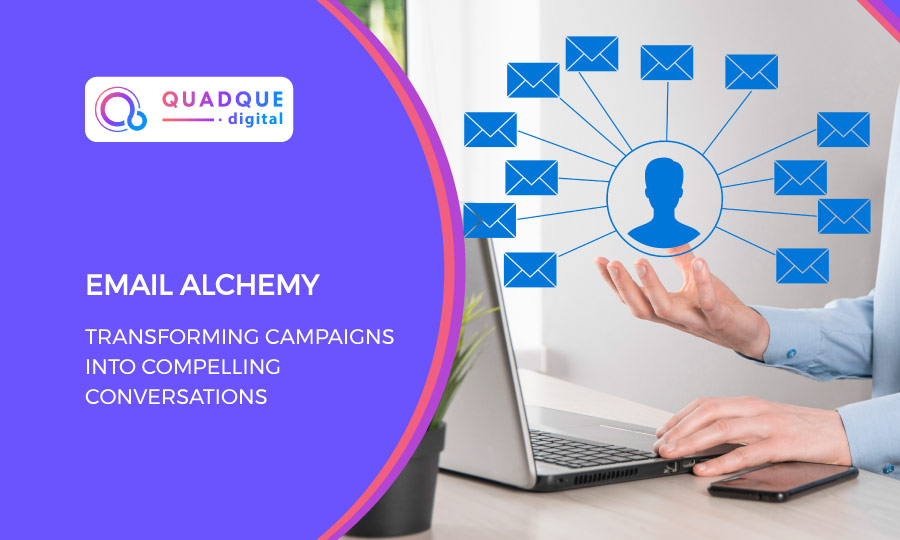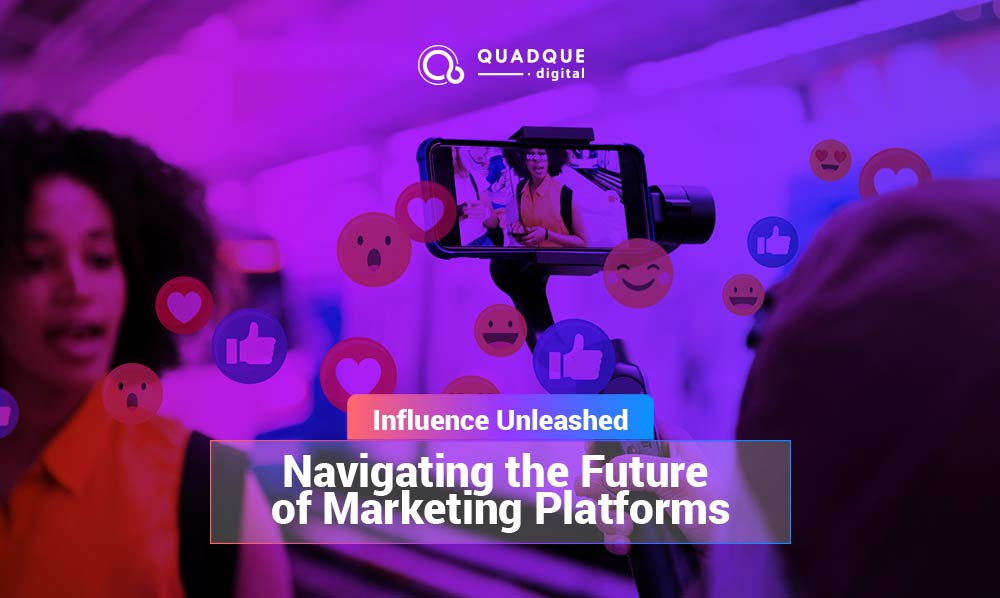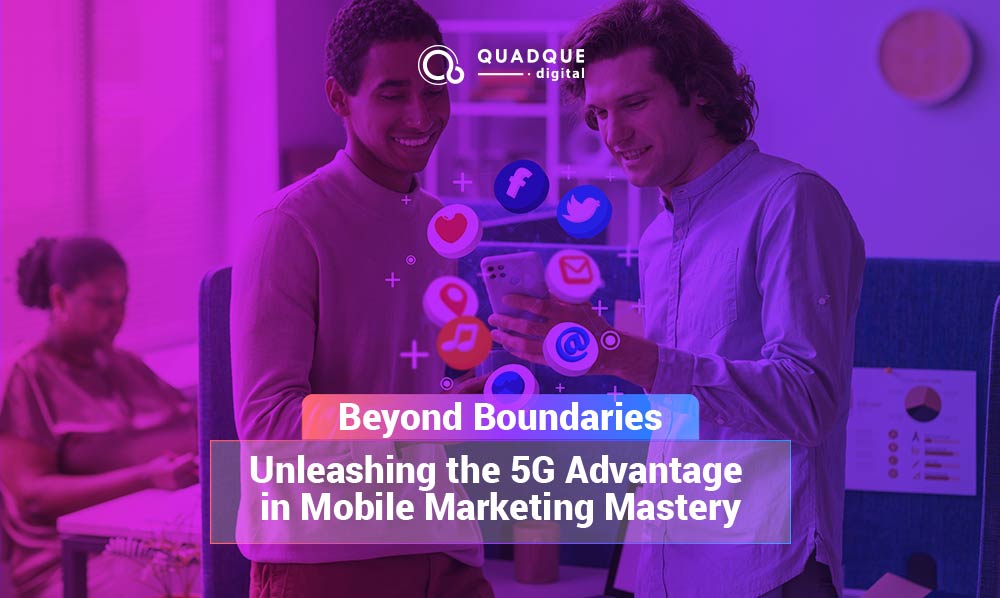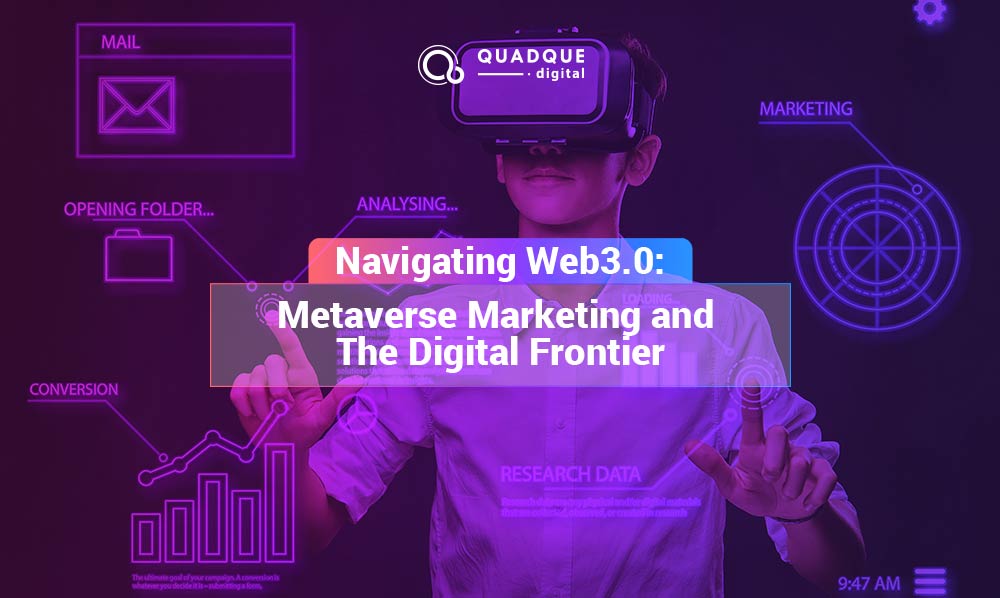Mastering the Marketing Maze: Inside Australia’s Leading Agency’s Strategy
Mastering the Marketing Maze: Strategy of Australia’s Leading Agency Introduction Marketing strategies have evolved tremendously over the years, becoming a crucial aspect of business success. Australia’s leading marketing agencies have pioneered innovative approaches that set standards for global marketing. In this comprehensive guide, we delve
Read More
